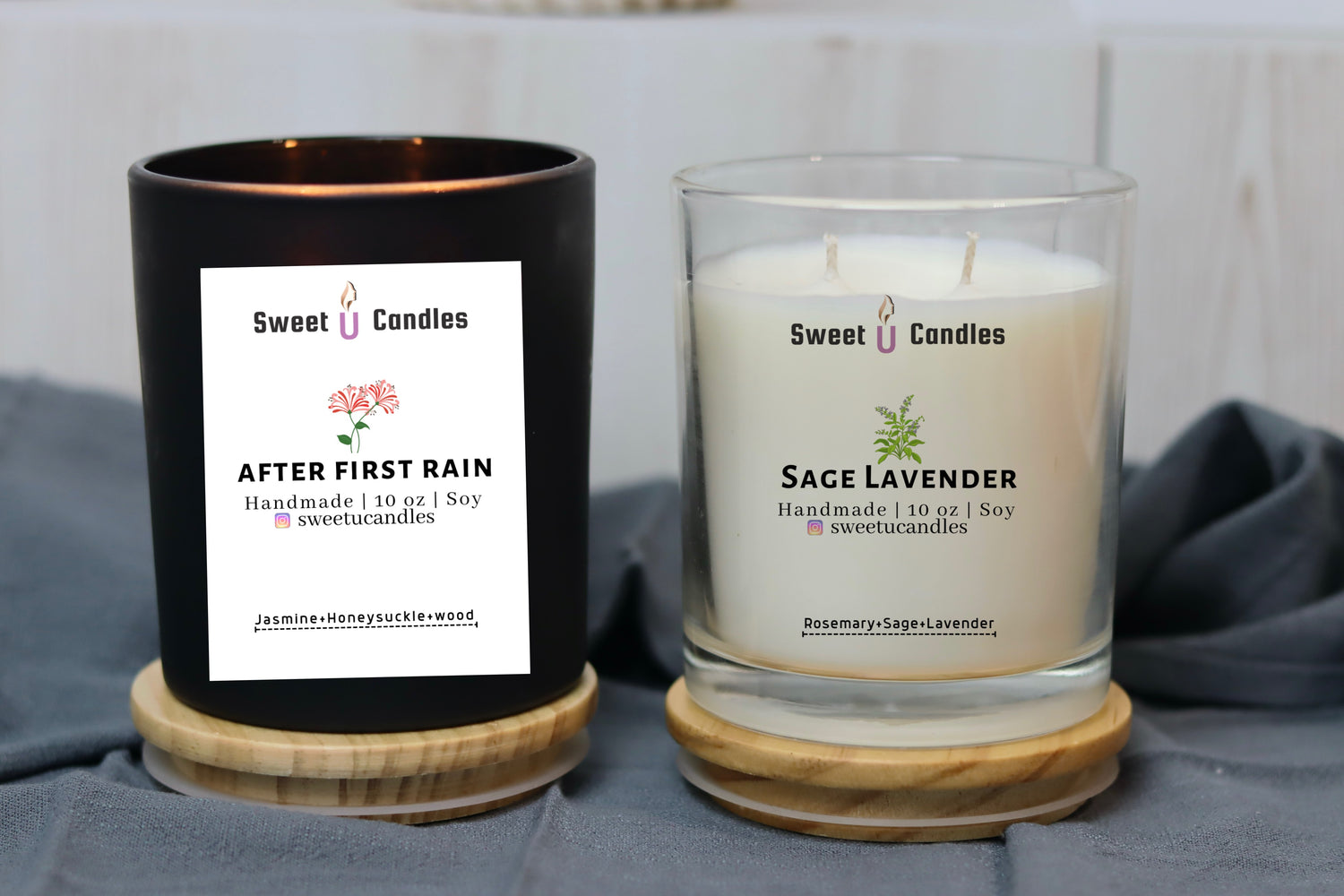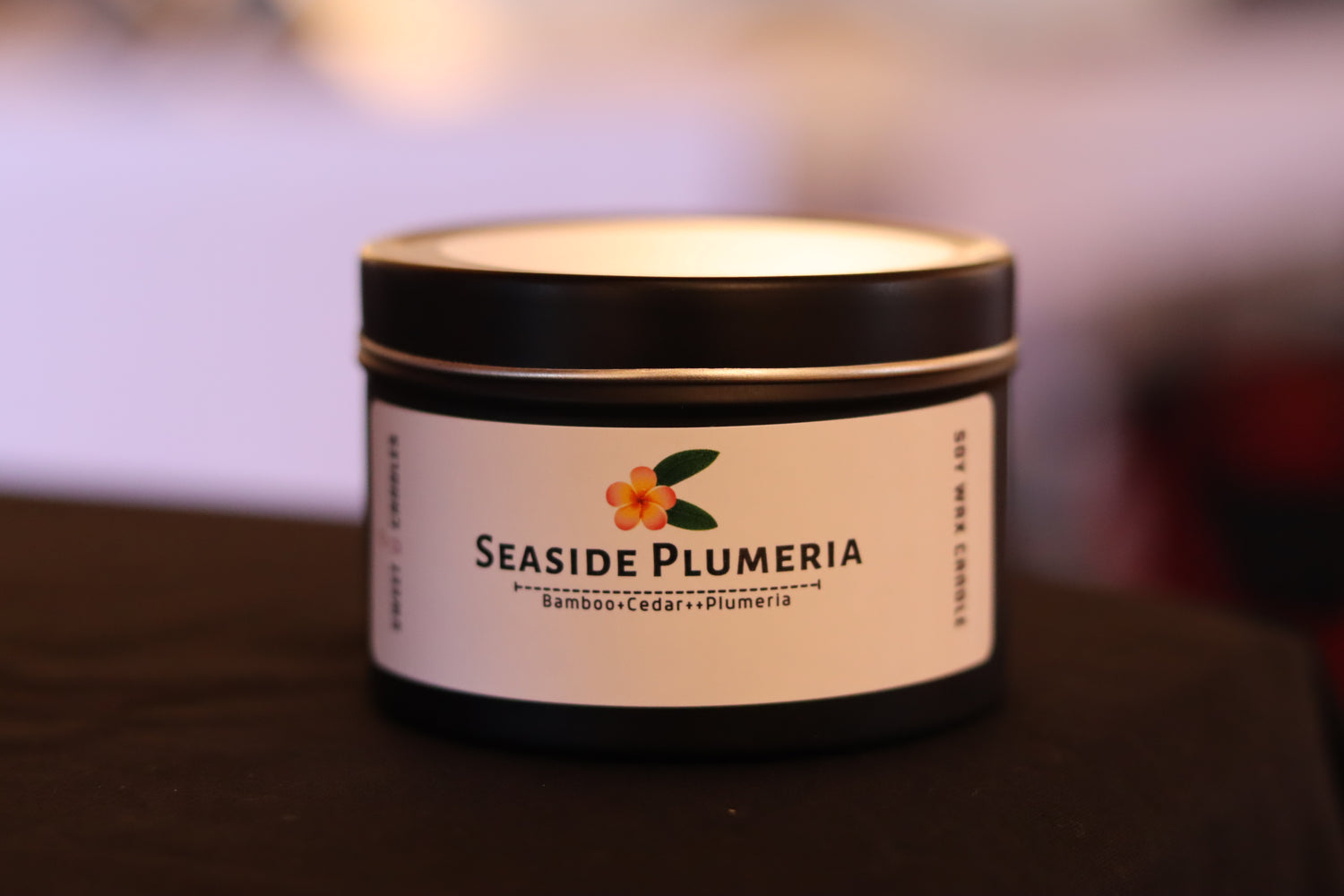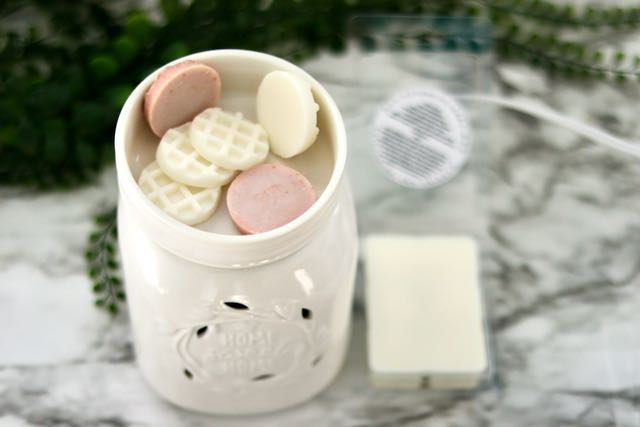Hey there, Candle lovers! Bhagu from Sweetu Candles here, and I’m thrilled to share my passion for candle-making with you all! Choosing the right wick is like picking the perfect heartbeat for your candle—it sets the stage for a clean, even burn that fills your space with cozy vibes. With so many wick types and sizes out there, it can feel like a lot, but don’t worry—I’ve got you covered. In this guide, I’ll walk you through the process step-by-step, complete with a handy table and some insider tips I’ve learned since starting Sweetu Candles in 2019. Plus, check out my YouTube channel (@SweetuCandles) for more candle-making tutorials, and visit sweetucandles.com to shop our long-lasting soy candles. Let’s get that glow going!
Why the Right Wick Matters
The wick is the soul of your candle. Too small, and you’ll get a weak flame that tunnels or drowns in wax. Too big, and it’s a smoky, uneven mess. The goal? A wick that creates a full melt pool (wax melted edge-to-edge), burns cleanly, and vibes with your wax, jar, and fragrance. Whether you’re crafting for fun or building a business like I did with Sweetu Candles, nailing the wick is key. Let’s dive in!
Step 1: Know Your Wax Type
Every wax has its own personality, and your wick needs to match it. At Sweetu Candles, we’re big fans of soy wax for its eco-friendly, clean burn, but here’s a quick look at common waxes I’ve worked with:
- Soy Wax: Soft and slow-burning, it needs a slightly larger wick to melt properly. Perfect for our signature candles at sweetucandles.com.
- Paraffin Wax: Burns hot and fast, so a smaller wick often does the trick.
- Coconut or Blended Waxes: Creamy and luxe, these need wicks tailored to their density, like wood or cotton.
- Beeswax: Dense and slow, it demands a sturdy wick for a steady flame.
Your wax supplier’s label usually hints at good wick matches—check it out!
Step 2: Measure Your Jar Size
The width of your jar determines how much wax your wick needs to melt. A wider jar might need a beefier wick or even multiple wicks. Measure the inner diameter of your jar, and use the table below to guide you. I’ve poured countless candles for Sweetu Candles, and trust me—size matters!
Step 3: Explore Wick Types
Wicks are like the characters in your candle story—each one behaves a little differently. Here’s a lineup of popular types I’ve tested, plus some unique ones to spark your creativity:
- CD Wicks: Braided cotton, super versatile for soy or paraffin. They’re my go-to for consistent burns in Sweetu Candles.
- ECO Wicks: Made for natural waxes like soy, these eco-friendly wicks give a steady flame and pair perfectly with our candles.
- HTP Wicks: High-tension paper/cotton blend, great for heavy fragrances. They burn hot and hold shape—ideal for scented soy blends.
- Zinc Wicks: Stiff and budget-friendly, best for paraffin but can soot, so test carefully.
- LX Wicks: Flat-braided cotton that curls for a self-trimming effect. Awesome for soy or blends.
- Hemp Wicks: Natural and eco-conscious, they shine with beeswax or soy but need sizing tweaks.
- RRD Wicks: Round, directional wicks for consistent burns, often used in paraffin or blends.
- Square Braid Wicks: Textured cotton wicks, classic for beeswax or thicker waxes.
- Wood Wicks: Crackle like a fireplace for a cozy vibe. I love them in coconut or soy blends, but they need careful sizing to avoid soot.
Each wick interacts uniquely with your wax, jar shape, and fragrance. Curious to see these in action? Head to my YouTube channel (@SweetuCandles) for wick-testing videos!
Step 4: Understand Wick Sizes
Once you pick a wick type, sizing is the next step. Most series—like CD, ECO, or Premier—offer a range of sizes for different jars and waxes. For example:
- Premier 700 Series: 29 sizes, from Premier 700 to 799. A 720 might suit a 2-inch jar, but a 4-inch jar could need a 767, 770, or two smaller wicks.
- CD Series: CD 2, 4, 6, up to 28 or 30. Higher numbers usually mean a thicker wick and hotter flame.
- ECO Series: ECO 1, 2, 4, up to 14, with bigger numbers creating more heat.
A larger wick often means a thicker build, taller flame, and bigger melt pool—but not always! Fragrance or jar shape can shake things up, so testing is non-negotiable. I learned this the hard way building Sweetu Candles—check my channel (@SweetuCandles) for my testing tips!
Step 5: Wick Size Guide Table
Here’s a table I put together, inspired by CandleScience and years of pouring candles, to match wicks to jar sizes and waxes. It’s a starting point—always test to find your candle’s perfect match!
|
Jar Diameter |
Wax Type |
Recommended Wicks |
Notes |
|
1.5–2.5 inches |
Soy Wax |
ECO 2, CD 4, HTP 73, Premier 720 |
Single wick for small tins or votives. Great for testers. |
|
1.5–2.5 inches |
Paraffin |
ECO 1, CD 3, LX 12, Zinc 36-24 |
Paraffin burns hotter—size down to avoid soot. |
|
2.5–3.5 inches |
Soy Wax |
ECO 6, CD 10, LX 18, Premier 755 |
Perfect for 8 oz jars like ours at |
|
2.5–3.5 inches |
Coconut/Blend |
Wood Wick (0.02”), CD 8, HTP 83 |
Test blends for even pools—wood wicks add charm! |
|
3.5–4.5 inches |
Soy Wax |
ECO 12, CD 18, Double ECO 4, Premier 770 |
Double wicking can work wonders for larger jars. |
|
3.5–4.5 inches |
Beeswax |
HTP 105, LX 24, Hemp Medium |
Beeswax needs muscle—test for steady flames. |
|
4.5+ inches |
Any Wax |
Double/Triple ECO 6, CD 10, or Wood Wick |
Each wick covers half the diameter. Test like crazy! |
Note: Fragrance (6–10% of wax weight), jar shape, or dyes can affect burns. For more wick wisdom, see CandleScience’s Wick Guide or my latest video on @SweetuCandles!
Step 6: Test Like a Pro
Wicking is the trickiest part of candle-making—I’ve spent years perfecting it for Sweetu Candles! Here’s how to test like a pro:
- Pour a Test Candle: Combine your wax, wick, jar, and fragrance.
- Burn for 3–4 Hours: Check for a full melt pool (no tunneling) and a 1–2 inch flame.
- Tweak It: Weak flame? Size up. Smoky or sooty? Size down or try another type.
- Test a Range: Try three sizes (e.g., CD 8, 10, 12) and maybe a different series (ECO or HTP) for comparison.
Keep notes—wax, jar, wick, and results. It’s your candle-making diary! Want to see my testing process? Watch my YouTube tutorials at @SweetuCandles.
Step 7: Sweet Tips for Wicking Success
- Fragrance and Shape: Heavy scents or curvy jars can slow burns—size up or switch types. I share fragrance tips on @SweetuCandles!
- Double Wicking: For jars over 3.5 inches, two smaller wicks (e.g., two ECO 4s) can burn more evenly. Divide the diameter by two.
- Join the Community: Check out groups like Black Tie Makers or Candle Making Work Group on Facebook (links via suppliers). They’re gold for wick advice!
- Use Guides Wisely: Charts like mine or CandleScience’s get you close, but testing is king.
- Mix and Match: Soy loves CD, ECO, or HTP, but your jar and scent pick the winner. Experiment to shine!
Step 8: Why So Many Sizes?
Ever wonder why there are 29 sizes in the Premier series alone? It’s all about dialing in the heat for your jar and wax. A Premier 720 might light up a 2-inch soy candle, but a 4-inch jar needs a 770 or two smaller wicks. Different combos of wax, jar, and fragrance need different flames—think of sizes like fine-tuning a radio to your favorite song. I break this down more on @SweetuCandles—subscribe to catch it!
Light Up with Sweetu Candles!
Choosing a wick is part art, part science, and all heart—just like running Sweetu Candles. Match your wax and jar, play with types like CD, ECO, or wood wicks, use the table as your guide, and test, test, test. No guide beats your own experience, but I’m here to help! Visit sweetucandles.com for soy candles, supplies, or to join our community, and subscribe to @SweetuCandles on YouTube for tutorials that make candle-making fun and approachable.
What’s your favorite wick to work with? Drop a comment below, tag us, or share your creations—I’d love to see your Sweetu Candles glow! Happy pouring, friends!




